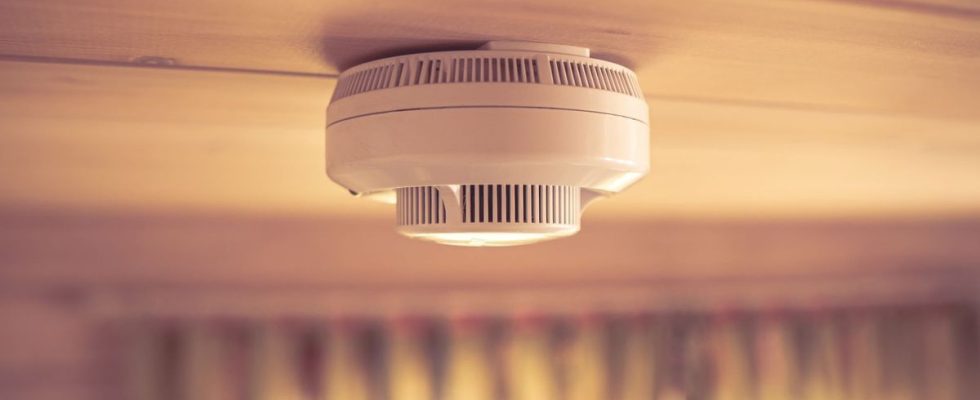Published on
Updated
Reading 3 min.
in collaboration with
Dr Gérald Kierzek (Medical Director of Doctissimo)
With the drop in temperatures, almost everyone turned their heating back on. Unfortunately, this reflex is often accompanied by carbon monoxide poisoning accidents. How to avoid them? Update with Dr. Gérald Kierzek, emergency physician and medical director of Doctissimo.
Two accidents, including one causing the death of a four-month-old baby, occurred this weekend in France, due to carbon monoxide. What precautions should be taken to avoid this type of accident? Update with Dr Gérald Kierzek.
Carbon monoxide, leading cause of death from toxic gases in France
Carbon monoxide is an invisible, odorless and non-irritating gas. It results from poor combustion within a device or a combustion engine, for example, running on gas, wood, coal, gasoline, fuel oil or even ethanol. It spreads quickly in the environment and can be particularly dangerous in an enclosed space.
Carbon monoxide is an asphyxiating gas that attaches to red blood cells and prevents them from properly transporting oxygen throughout the body. The severity of the poisoning depends on the quantity of CO fixed by the hemoglobin.
According to figures from the Ministry of the Interior, “each year, around 1,300 episodes of carbon monoxide poisoning occurring by accident and involving nearly 3,000 people are reported..
According to Gérald Kierzek, “Carbon monoxide is the leading cause of death from toxic gases in France. It is an accident that does not prevent, because the gas is odorless and colorless, we do not realize its presence but it can kill. adds the doctor.
Nausea, vomiting, headaches… Carbon monoxide makes you sick
The only way to suspect it is when you feel bad. “If you are in a group, for example, windows closed with heating on and there are several of you feeling unwell, you should think about carbon monoxide.” indicates Dr. Kierzek. Like gastroenteritis, carbon monoxide will cause nausea and vomiting.
“You also have a headache, and in addition to food poisoning, which usually comes to mind immediately, you have to tell yourself that you may be inhaling carbon monoxide without knowing it.”. The doctor then advises as a precaution to open the windows, leave the room and contact 15.
Carbon monoxide is a toxic gas that is formed when appliances that use fuels such as natural gas, wood, coal, fuel oil, butane, propane, gasoline, oil are turned on. …for the production of heat or light.
All these devices are therefore likely, if their operating conditions are not ideal, to produce carbon monoxide. “This happens when appliances are diverted from their primary use, such as using a brazier for heating, for example, or when maintenance of a boiler or fireplace is not properly carried out. adds the doctor. “To avoid this, it is essential that the ventilation in the home is kept clear, that the appliances are maintained and not diverted from their intended use.”
Finally, the medical director of Doctissimo recommends investing in a carbon monoxide detector. “It’s like a smoke detector, but for carbon monoxide. Some detectors can detect smoke and monoxide but not all… It’s important to get one, for safety.”
Finally, here are some tips to follow to avoid any risk of carbon monoxide poisoning:
- Before winter, have the heating and hot water production installations, as well as the smoke ducts (chimney sweeping) systematically checked and maintained by a qualified professional in your main and secondary residence if necessary;
- Ventilate your home for at least 10 minutes a day, even if it is cold;
- Keep your ventilation systems in good working order and never obstruct air inlets and outlets;
- Systematically follow the instructions for using combustion appliances indicated by the manufacturer: never operate auxiliary heaters continuously;
- It is imperative to place generators outside buildings;
- Never use appliances not intended for this purpose for heating: stove, brazier, barbecue, etc.
If ever while using a heating or cooking appliance you have a headache, want to vomit, or if you feel unwell, this may be a sign that carbon monoxide is present. carbon in your home. In this case :
- Open windows and doors immediately,
- Turn off heating and cooking appliances,
- Go out.
Inform the emergency services by dialing 15, 18 (or 114 for the hearing impaired).
